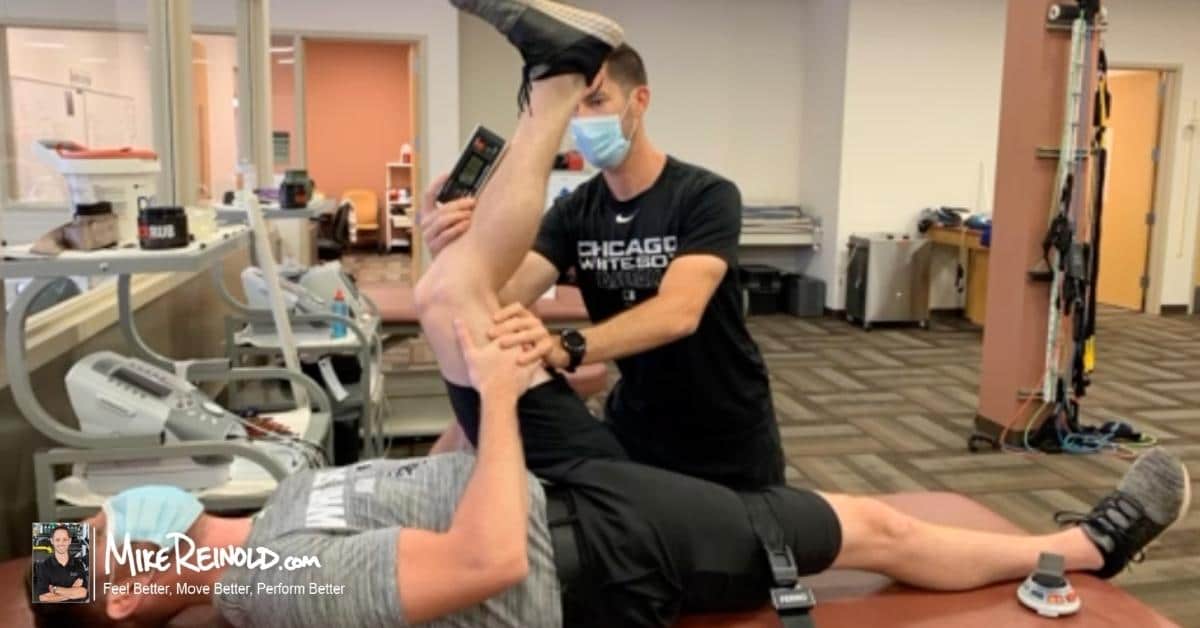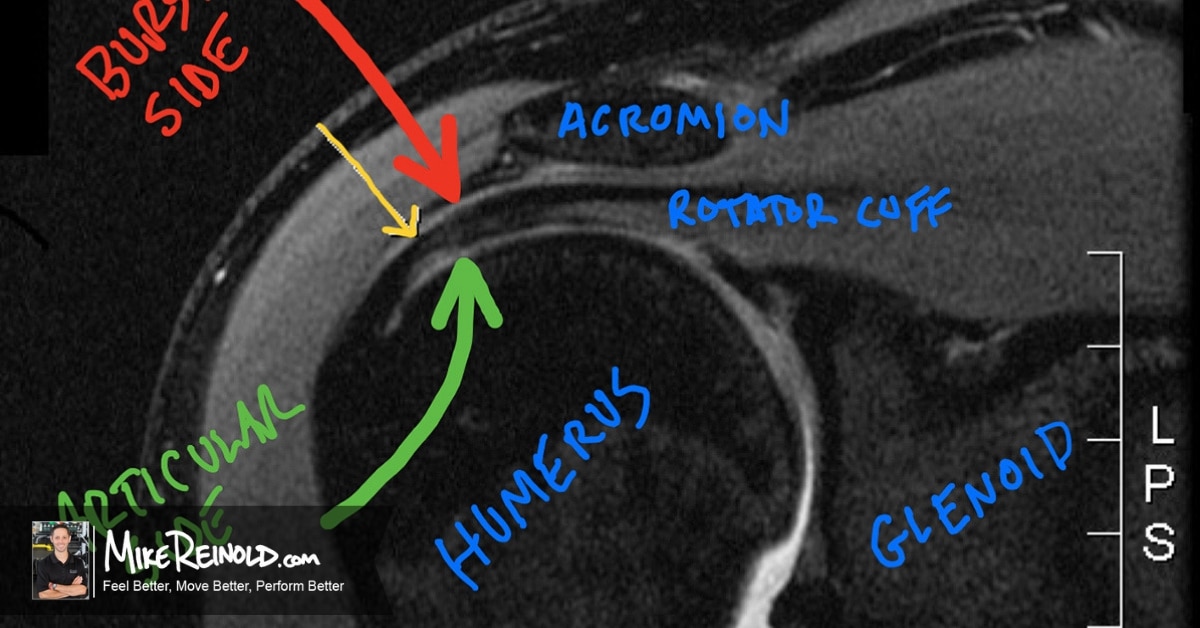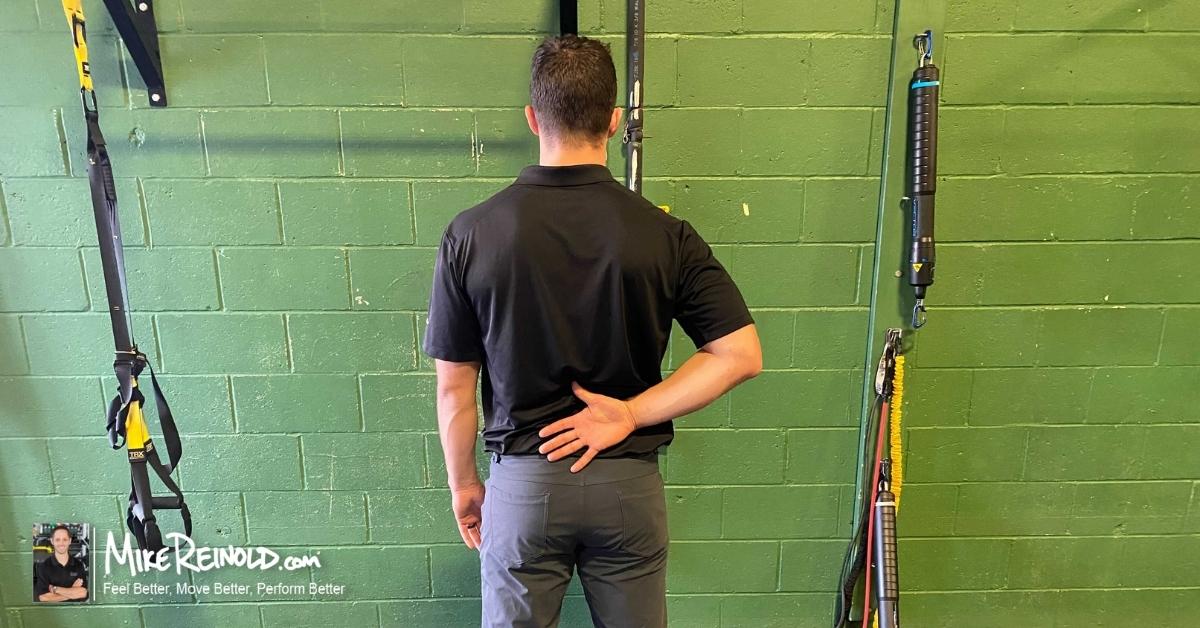Hamstring strain injuries are very common in sports, and the frequency of these injuries appears to be rising.
The clinical examination to detect a hamstring strain is fairly straightforward. However, to determine the most optimal rehabilitation program and return to sports progression, it’s important to have an evaluation process to assess the severity of hamstring strain injury.
This will serve as an initial baseline to determine the severity, as well as to compare the athlete’s progress over time.
Evaluation of Hamstring Strain Injuries
Hamstring strain injuries often occur during running with the athlete reporting an acute “pulling” sensation. It is very common for athletes to know that they strained their hamstring.
The initial inspection often does not reveal ecchymosis, but discoloration may appear in the following days.
Palpation often reveals tenderness at the injury site. It is also important to palpate the hamstring tendon in order to determine if an avulsion may have occurred.
But the two most common areas to evaluate initially are tolerance to passive range of motion and hamstring strength testing. This will often give you an indication of the severity of the injury, but also becomes a daily reassessment to determine progress
In a recent article in BJSM, Rod Whiteley and his coauthors performed daily assessments of acute hamstring strain injuries to determine which correlated the most to rehabilitation and return to running performance.
The authors noted two tests that they would recommend. Here’s a clip from a presentation from Brooks Klein, a physical therapist from the Chicago White Sox, discussing:
(Want to see more? This video is a clip from a presentation on hamstring strain injuries for my Inner Circle online mentorship members)
Evaluating Hamstring Flexibility with the MHFAKE Test
The test that we prefer to use to evaluate hamstring flexibility is the MHFAKE test, which stands for “maximum hip flexion, active knee extension.
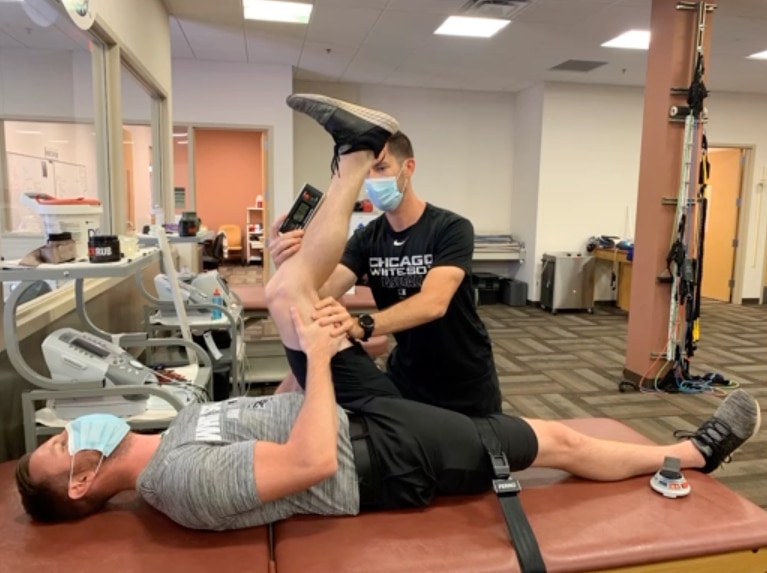
To perform the MHFAKE test:
- Position the Patient – Lay supine with the uninvolved leg fixed to the table with a belt
- Position the Hip in Maximum Hip Flexion – The patient flexes their hip as much as they can by hugging their knee to their chest and holding this position. You can assist the patient by helping them hold the leg in this position
- Actively Flex the Knee – The patient is then instructed to actively extend their knee as much as they can within their pain tolerance. The knee flexion angle can be measured.
Evaluating Hamstring Outer-Range Strength
Based on the study by Whiteley, we also prefer to measure outer-range strength of the hamstring to monitor progress.
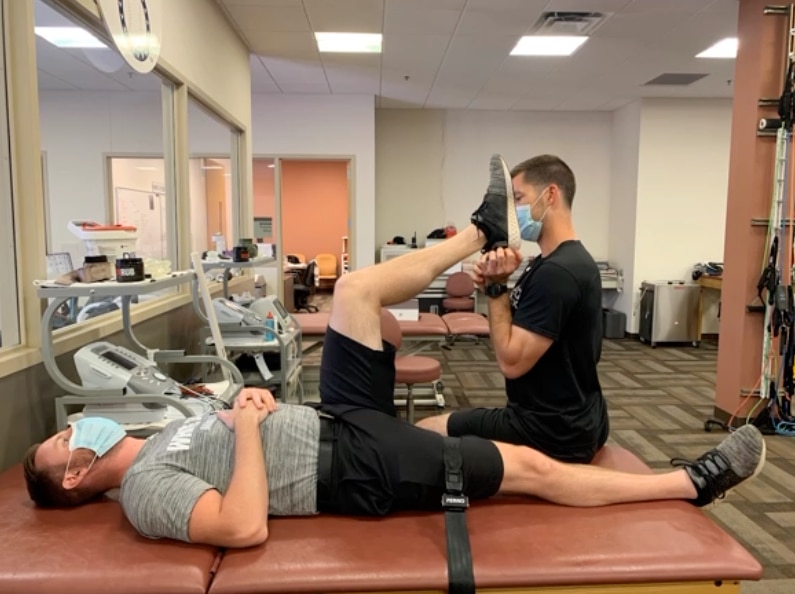
To perform the outer range hamstring strength test:
- Position the Patient – Lay supine with the uninvolved leg fixed to the table with a belt
- Position the Leg – Passively flex the hip to 90 degrees with a comfortable amount of knee extension
- Measure Strength – The patient is then instructed to perform a hamstring curl into the examiner. This can be measured manually or with a hand-held dynamometer.
Learn More About Hamstring Strains
If you want to learn more about the evaluation and treatment of hamstring injuries. I have several videos, including the one mentioned above from Brooks Klein, in my Inner Circle online mentorship program.
In addition to this presentation, Inner Circle members get over 100 more videos just like this, plus access to my exclusive community to ask me questions and interact with other like-minded people. All for less than $15!

